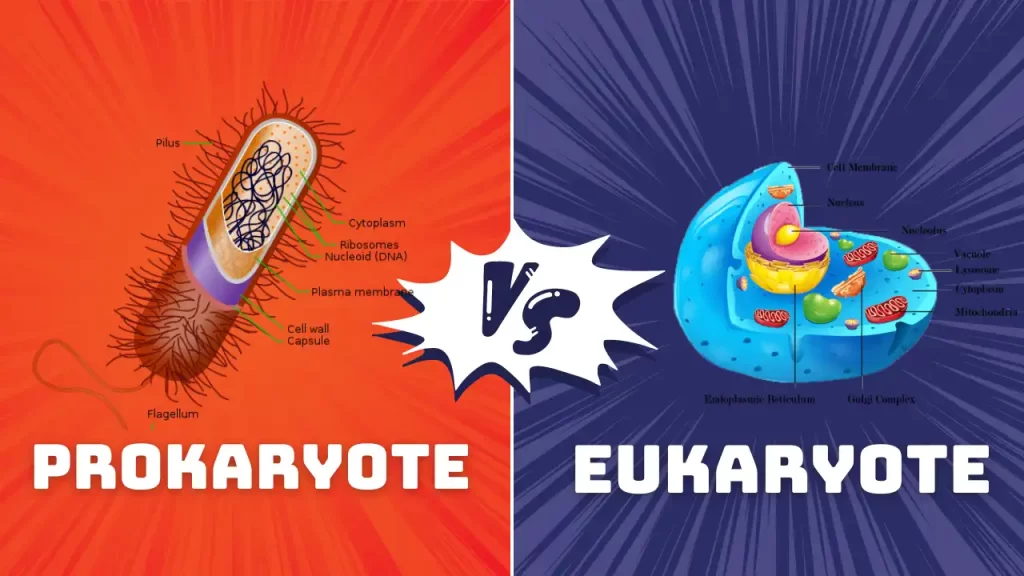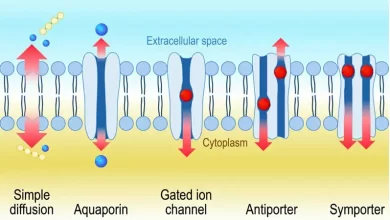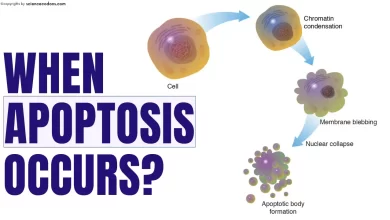Cells found in nature can be classified into two groups based on their structural characteristics: prokaryotic and eukaryotic cells. The most significant difference between these two groups lies in the presence or absence of a nucleus and membrane-bound cell organelles (such as mitochondria, endoplasmic reticulum, or lysosomes).

Prokaryotic cells are simpler and more primitive compared to eukaryotic cells. They lack a distinct nucleus and membrane-bound cell organelles. Instead of a nucleus, prokaryotic cells have a primitive nucleus-like structure called the nucleoid. Eukaryotic cells, on the other hand, possess a true nucleus and various membrane-bound organelles, including mitochondria, rough and smooth endoplasmic reticulum, and peroxisomes. The abovementioned differences represent major distinctions between these two cell groups, and we will explore many other significant variations further.
Size of Cells:
Generally, eukaryotic cells are larger than prokaryotic cells. Eukaryotic cell sizes typically range from 5 to 100 microns, while bacterial cells are usually between 1 to 10 microns.
Cell Division:
Cell division in eukaryotic cells occurs through mitosis or meiosis, whereas in bacteria, cell division occurs through binary fission.
Presence or Absence of Nucleus:
Eukaryotic cells have a well-organized nucleus surrounded by a nuclear membrane, whereas prokaryotic cells lack a true nucleus. The genetic material in eukaryotic cells is compacted within the cell nucleus, while in prokaryotic cells, it resides in a region called the nucleoid.
Amount of Genetic Material:
Eukaryotic genetic material consists of multiple DNA strands with a linear structure, whereas prokaryotic cells have a single circular DNA molecule.
Ribosomes:
Eukaryotic ribosomes (S80) are larger and more complex, while prokaryotic ribosomes (S70) are smaller and simpler.
Cell Organelles:
Eukaryotic cells have various membrane-bound organelles such as mitochondria, chloroplasts, Golgi apparatus, and endoplasmic reticulum. In contrast, prokaryotic cells lack membrane-bound organelles.
Histone Proteins:
Eukaryotic cells contain histone proteins that bind to DNA in the nucleus, forming chromatin. Prokaryotic cells lack these histone proteins and have pseudo-histone proteins.
Presence of Flagella:
Prokaryotic cells lack flagella, while eukaryotic cells may have flagella made of a protein called microtubules (used for motility) or cilia (used for movement).
Transcription Enzyme (RNA Polymerase):
The number and types of RNA polymerase enzymes differ between eukaryotic and prokaryotic cells. Eukaryotes have multiple RNA polymerases, while prokaryotes have a single class.
Flagellum
The flagellum is present in both eukaryotes and prokaryotes. However, there are distinct differences between the flagella of these two cell types:
Eukaryotic Flagellum:
Structure: Eukaryotic flagella are composed of microtubules.
Movement: They exhibit a whip-like movement.
Examples: Eukaryotic flagella are found in organisms such as sperm cells and certain algae.
Prokaryotic Flagellum:
Composition: Prokaryotic flagella are made of a protein called flagellin.
Movement: They rotate like a propeller.
Examples: Bacterial flagella allows bacteria to swim and navigate their environment.
In summary, while both eukaryotic and prokaryotic cells have flagella, their structures and modes of movement differ significantly
Endocytosis and Exocytosis:
Endocytosis and exocytosis occur only in eukaryotic cells.
Microtubule
Eukaryotes: It has microtubules. While prokaryotes lack microtubules.
Summarization
Let’s compare prokaryotic and eukaryotic cells in a table. Below, you’ll find a concise summary of their key differences:
| Characteristic | Prokaryotic Cell | Eukaryotic Cell |
|---|---|---|
| Nucleus | Lacks a true nucleus; a membrane does not enclose DNA | Contains a true nucleus; a nuclear membrane surrounds the DNA |
| Cell Size | Smaller and simpler | Typically, larger and more complex |
| Membrane-Bound Organelles | None (no membrane-bound organelles) | Contains various membrane-bound organelles (e.g., mitochondria, endoplasmic reticulum) |
| Reproduction | Binary fission (simple cell division) | Mitosis (for somatic cells) and meiosis (for gametes) |
| Cell Wall | Present (made of peptidoglycan in bacteria) | Present in some (e.g., plant cells) but not all (e.g., animal cells) |
| Ribosomes | Smaller and different in structure | Larger and more complex ribosomes |
reference:
- Eukaryote Wikipedia
- Eukaryote ScienceDirect

